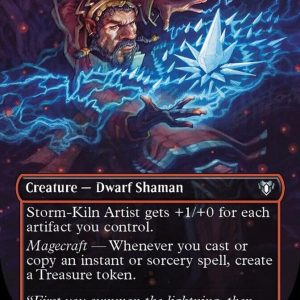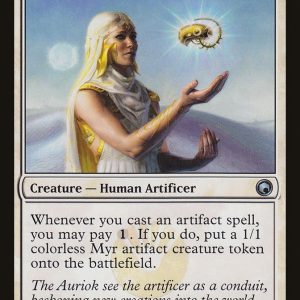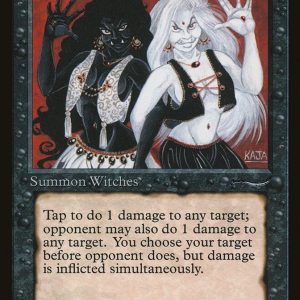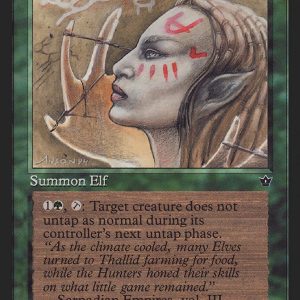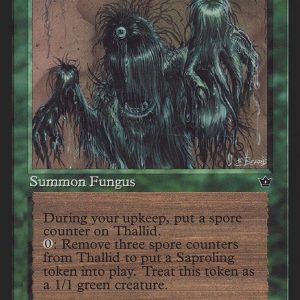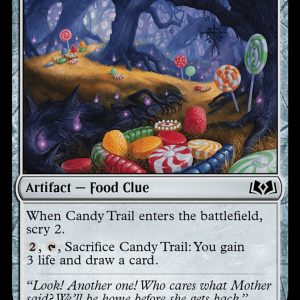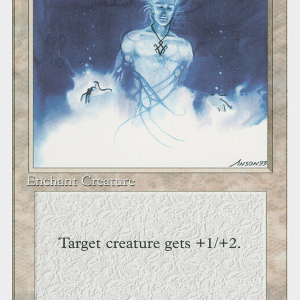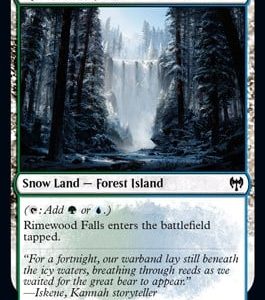Balance Patch (Trading Card Game Adjustment)
What is a Balance Patch in Trading Card Games?
A Balance Patch is an update applied to a trading card game (TCG) to adjust the power level of certain cards to ensure fair gameplay, improve diversity in the meta, and prevent overpowered strategies from dominating. While balance patches are primarily used in digital TCGs, they can sometimes influence physical card games through errata, ban lists, or revised rulings.
Balance patches are crucial in maintaining competitive integrity in games like Pokémon TCG, Magic: The Gathering (MTG), Yu-Gi-Oh!, Hearthstone, Marvel Snap, and Legends of Runeterra.
Why Are Balance Patches Necessary?
TCG developers release balance patches to:
✅ Nerf Overpowered Cards – Reduce the power of dominant cards that create an unhealthy game environment.
✅ Buff Underused Cards – Improve weak or forgotten cards to increase deck diversity.
✅ Prevent Infinite Combos – Stop broken interactions that create unfair or unintended game mechanics.
✅ Adapt to the Meta – Ensure that no single deck or strategy dominates for too long.
✅ Respond to Player Feedback – Fix game imbalances reported by the community.
Without regular balance patches, digital TCGs risk becoming stale, with only a few decks being viable.
How Balance Patches Work in Different TCGs
Magic: The Gathering (MTG)
MTG does not use direct balance patches for physical cards, but it adjusts power levels through ban lists, errata, and set rotations.
- Ban & Restricted Lists – Wizards of the Coast bans problematic cards in formats like Standard, Modern, and Legacy.
- Card Errata – Official rule changes alter how cards function (e.g., Companion mechanic was nerfed after launch).
- Digital-Only Adjustments – MTG Arena can change the power level of cards without affecting paper versions.
Example: Oko, Thief of Crowns was banned in multiple formats due to being too dominant.
Pokémon TCG
Pokémon rarely issues direct balance patches but manages power levels through:
- Set Rotations – Older sets cycle out of Standard format, preventing old dominant decks from staying in play.
- Ban Lists for Expanded Format – Cards that create game-breaking loops or infinite turns get banned.
Example: Lysandre’s Trump Card was banned for creating an endless deck-recycling loop.
Yu-Gi-Oh!
Yu-Gi-Oh! does not issue direct balance patches, but it frequently updates its Forbidden & Limited List to prevent oppressive strategies.
- Forbidden (Banned) Cards – Completely removed from competitive play.
- Limited Cards – Restricted to one copy per deck to weaken overpowered strategies.
- Semi-Limited Cards – Restricted to two copies for moderate nerfs.
Example: Maxx “C” is banned in the TCG but legal in the OCG, affecting meta balance across different regions.
Digital TCGs (Hearthstone, Marvel Snap, Runeterra)
Digital TCGs regularly apply live balance patches because they have no physical card constraints.
- Direct Nerfs – Cards are changed to cost more, deal less damage, or have weaker effects.
- Buffs to Unused Cards – Developers improve underplayed cards to increase deck variety.
- Meta Adjustments – Frequent patches keep the game fresh and competitive.
Example: Hearthstone nerfed The Caverns Below after it dominated the meta for months.
Pros & Cons of Balance Patches
✅ Pros:
✔ Keeps the game fresh – Prevents single-deck dominance and increases strategic variety.
✔ Fixes game-breaking mechanics – Stops infinite combos and unintentional exploits.
✔ Encourages new deck-building strategies – Players adapt to a changing meta.
✔ Balances competitive play – Ensures fair tournaments and ranked gameplay.
❌ Cons:
✘ Can devalue cards – Players who invested in powerful cards may feel cheated if they get nerfed.
✘ Constant meta shifts – Frequent changes can make it hard to keep up with deck-building.
✘ Subjective nerfs and buffs – Not all balance changes are universally agreed upon.
✘ Physical TCGs lack live updates – Unlike digital games, physical TCGs cannot adjust printed cards easily.
How to Adapt to a Balance Patch
- Stay Updated on Patch Notes – Read developer updates to understand changes.
- Adjust Your Decklist – Swap out nerfed cards and experiment with newly buffed ones.
- Monitor the New Meta – Watch tournaments and online discussions to identify the strongest new decks.
- Invest Wisely in Digital TCGs – Avoid spending too much on cards that may get nerfed in future patches.
Conclusion
Balance patches are essential for maintaining a fair and competitive TCG environment. While physical card games rely on bans and rotations, digital TCGs benefit from live balance updates to fix overpowered or underused cards.
Whether you’re playing MTG, Pokémon, Yu-Gi-Oh!, Hearthstone, or Marvel Snap, understanding how balance patches affect the game will help you stay ahead of the meta and adjust your strategy accordingly.
Would you like a list of the biggest balance patch changes in TCG history? 🚀

